80 years: T-34
Exactly 80 years ago, on March 31, 1940, the USSR Defense Committee signed a protocol on the acceptance of serial production of the T-34 medium tank. This decision was of great importance for the country, since the production of a tank began at Soviet factories, which will become one of the symbols of victory in the Great Patriotic War. The T-34 medium tank turned out to be a very successful machine, which Soviet industry could produce even in difficult conditions with the evacuation of factories and the attraction of low-skilled labor (women and children) to the production. Many experts rightly call the "thirty-four" the best tank of the Second World War.
T-34 chief designer Mikhail Ilyich Koshkin gave his life for his tank
The chief designer of the T-34 medium tank literally gave his life for his brainchild. Mikhail Ilyich Koshkin took part in the legendary Kharkiv-Moscow race, in which two T-34 tanks participated. The tanks that arrived in the capital were presented in the Kremlin to the country's top leadership, headed by Stalin. A convoy of two tanks and two Voroshilovets tractors, one of which was equipped for housing, and the second one clogged with various spare parts and tools, advanced from Kharkov on the night of March 5-6.
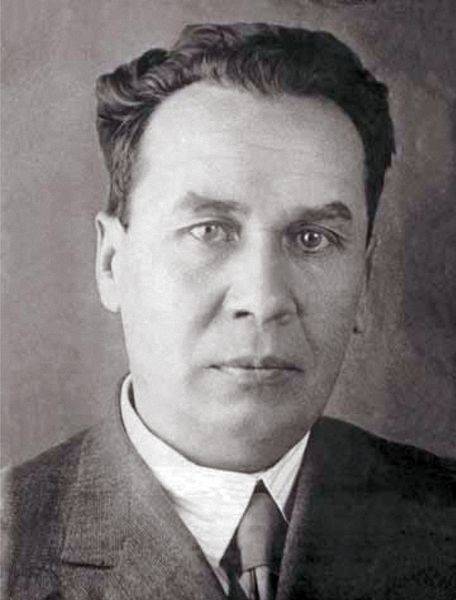
The tanks entered Moscow without armament and were camouflaged beyond recognition, while the transition for the purpose of conspiracy was carried out far from settlements and even taking into account the movement of trains by rail. Tanks had to overcome 750 kilometers between Kharkov and Moscow outside public roads, while it was forbidden to even use bridges if the tanks could cross water bodies on ice or ford. If this was not possible, bridges could only be used at night. The transition was carried out in very difficult conditions, on the road Mikhail Koshkin got very cold and undermined his health. After completing the run, he contracted pneumonia. The designer was removed one lung and sent for rehabilitation at the factory sanatorium near Kharkov, where he died on September 26, 1940, Mikhail Koshkin at that time was only 41 years old. The chief designer of the T-34 did not see the triumph of his car on the battlefields.
For the whole of 1940, only 115 tanks were manufactured
Although the decision to launch a new medium tank in serial production was made on March 31, 1940, the process of deploying mass production of T-34 at the factory number 183 in Kharkov and at the factory STZ in Stalingrad was difficult. The first tanks were assembled only in June - 4 vehicles, in July only one tank was assembled, and in August - two. And only in September, factory No. 183 managed to produce a marketable number of vehicles - 37 tanks. In total, for the whole of 1940, 115 thirty-four left the factory workshops. Another tank was manufactured at STZ as part of the development of serial production launch. At the same time, the GABTU did not accept this tank.
Practically throughout the whole of 1940, Soviet industry only adapted to the release of a new tank, which seriously surpassed the BT-7M and T-26 vehicles in terms of complexity, the production of which was well mastered by tank factories. At that time, the T-34 was really complex and low-tech. At the same time, related industries were slowly mastering the production of new parts, assemblies and assemblies for the T-34 tank. KhPZ itself later handed over the technical documentation for the tank to Stalingrad only in May 1940, and the delivery from Kharkov of tracked tracks for the T-34 to the STZ did not begin until the end of the year.
Two different guns were installed on the T-34-76 tanks
According to the initial design, the T-34 tank was armed with a 76,2 mm gun. A cannon of this caliber remained the main one until the beginning of 1944, when serial production of an updated version of the T-34-85 tank with a new turret for three people and a new 85-mm gun began in the USSR. At the same time, 76,2 mm guns on T-34 tanks of the early release of 1940 and 1941 were different. On the first models of serial tanks mounted gun L-11. This gun was developed taking into account real combat experience in Spain on the basis of the L-10 gun, the barrel length of which was extended to 30,5 caliber. The armor-piercing projectile of this BR-350A gun at a distance of 100 meters had a maximum armor penetration of 66 mm.
In total, 11 tanks were produced with the L-458 gun, the last of them in March 1941. At the same time, in March in Kharkov they began to assemble cars with the new F-34 tank gun, in Stalingrad they began to assemble such cars a month later. Externally, the L-11 and F-34 guns differed in barrel length and the form of armoring of the recoil devices. The 76,2-mm F-34 gun with a barrel length of 41 caliber was significantly superior in its characteristics to the L-11 gun. The standard blunt-headed projectile BR-350A provided this weapon with 82-89 mm armor penetration at a distance of 100 meters at an angle of encounter with armor of 90 degrees. A more perfect armor-piercing projectile BR-345P at the same distance under the same conditions ensured penetration of up to 102 mm of armor.
The T-34 tank had flaws
The T-34 tank had flaws, like any other military equipment. Do not assume that the car was perfect. Customer feedback on the tank followed throughout 1940. Among the main problems of the new combat vehicle, the military especially distinguished the "tightness" inside the tower and the "blindness" of the tank on the battlefield, the view from the tower was poor. This is without taking into account complaints about technical malfunctions of the equipment, which at that time was still very “raw”.
In the same 1940, the T-34 tank and two PzKpfw III medium tanks purchased in Germany were tested in Kubinka. The military noted that the Soviet tank was superior to the competitor in armor protection and weapons, yielding in a number of other parameters. The test report stated that two tankers could hardly accommodate in the tower of the T-34 medium tank, one of which at the same time served not only as a gunner, but also as a tank commander, and in some cases as a unit commander. This is a fairly important parameter, because it’s not the equipment that fights, but the people, and if the crew is inconvenient when doing combat work, and the car’s commander is torn between several tasks, this reduces the effectiveness of the entire tank. It was also noted that the PzKpfw III surpasses the T-34 in smoothness and is a less noisy tank. At maximum speed, a German tank could be heard for 200 meters, while the “thirty-four” could be heard for 450 meters. Noted in the report and a more successful suspension PzKpfw III.
Piece production - T-34-57 tank
Back in the spring of 1940, the Red Army raised the question of increasing the effectiveness of the armament of the T-34 and KV-1 tanks, primarily in the fight against enemy tanks. In the same year, the powerful 57 mm anti-tank gun ZIS-2 was officially adopted in service, the tank version of such a gun was designated ZIS-4. The production of T-34 tanks with this gun was planned to begin in the summer of 1941, but for obvious reasons it was not possible to launch mass production. As a result, in September 1941, Kharkov Plant No. 183 manufactured only 10 T-34 tanks armed with a 57-mm ZIS-4 gun (by the way, such vehicles were never officially named T-34-57, like tanks with 76-mm guns never officially called the T-34-76).
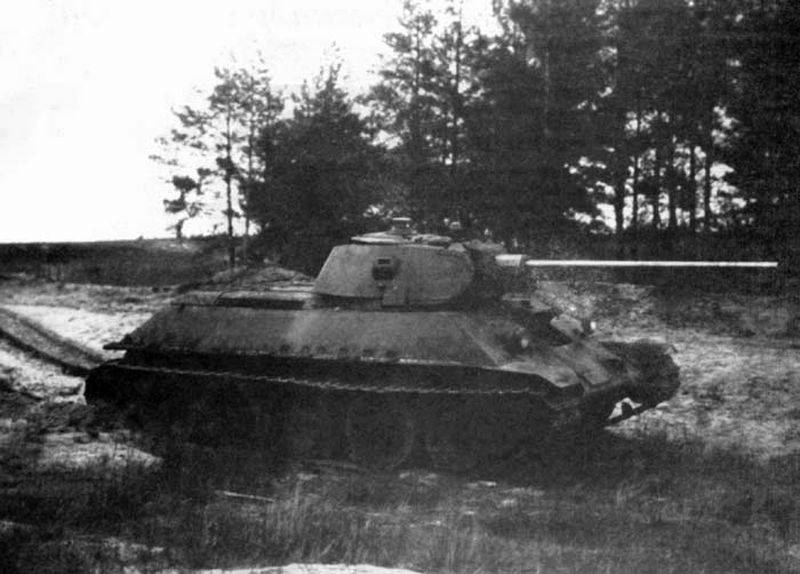
In total, during the war years, the USSR manufactured 14 T-34 tanks armed with a 57-mm gun. 10 tanks manufactured in September 1941 were transferred to the 21st tank brigade from Vladimir. They arrived at the front on October 14 and took part in the battles in the Kalinin area. The last such tank was lost in battles near Moscow on October 30, 1941. At the same time, the 57-mm long-barrel gun with a barrel length of 74 caliber was a very effective anti-tank weapon. In 1941, the ammunition used already ensured armor penetration of up to 82 mm at maximum combat distances and up to 98 mm in close combat. However, in wartime conditions, it was not possible to establish the release of a new and rather complicated tank gun; they did not begin to divert resources to this.
The T-34 tank really influenced German tank building
The T-34 medium tank really influenced German tank building, although they loved to exaggerate this influence in the USSR. For example, one of the myths is related to the fact that, having got acquainted with the Soviet V-2 diesel engine, the Germans wanted to create their own analogue, but they couldn’t drive gasoline engines throughout the war. In fact, projects and models of diesel engines that exceeded the capabilities of the Soviet V-2 were in Germany before the start of World War II, such work was carried out since the mid-1930s, but German tank building was developing in its own way.
In fact, the T-34 had the greatest influence on various German design firms with the geometry of its hull and turret. Also, after inspecting Soviet cars, German designers finally switched to creating 30-ton and heavier tanks. In this case, the Germans, of course, did not do any copying. Outwardly similar to the T-34 VK 30.01 (D) was technically a completely different machine with its own unique features. And the Germans knew about inclined armor long before meeting with Soviet armored vehicles. They actively used this technique on their armored vehicles, but in the tank industry they went a different way, creating tanks in the form of “box on box”, this approach also had its advantages.
Nevertheless, the influence of the T-34 was considerable. For example, the designers of the company "Krupp" with a new force hit the design of tanks with inclined armor and bent armor plates. Also, the early T-34s had a significant impact on the design of towers for German tanks. Until the end of World War II, German designers created a large number of towers on the model of a medium Soviet tank for their military vehicles of various classes: from the VK 16.02 light tank to the heaviest tank in the world stories Mouse.
The most massive tank in history
From 1940 to 1950, Soviet industry in six different plants produced more than 61 thousand T-34 tanks, including the T-34-85 modification and OT-34 flamethrower tanks. Given the licensed production in Czechoslovakia and Poland in the 1950s, the serial production of all modifications of the T-34 medium tank amounted to 65,9 thousand copies. This is an absolute world record. Never in the world has a single tank been built in such a huge series. In the Soviet Union, the production of the T-34-85 model was discontinued only after the start of mass production of the T-54 tank.
During the Great Patriotic War, the production of T-34 tanks was constantly growing, along with this, the share of medium tanks in the total volume of military vehicles produced in the USSR was also growing. If in 1941 only 1886 T-34 tanks were produced, which accounted for 40 percent of the total production of tanks in the Soviet Union, then already in 1943 five plants produced a total of 15 T-696 tanks, which amounted to 34 percent of the total tank production in the USSR, according to the results of 79, this share has grown to 1944 percent. At the same time, the last T-86 tank with a 34-mm F-76 gun was released by Soviet industry in September 34. In parallel with this, in January 1944, the first production tanks T-1944-112 were assembled at the factory number 34 in Gorky.
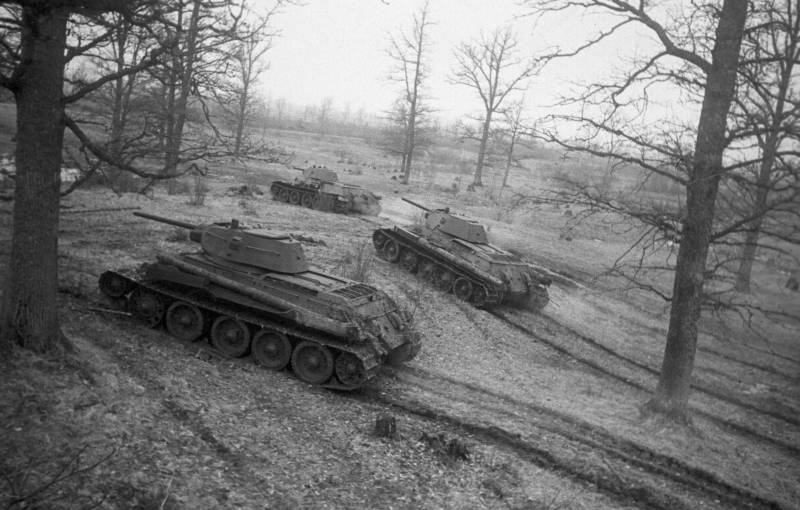
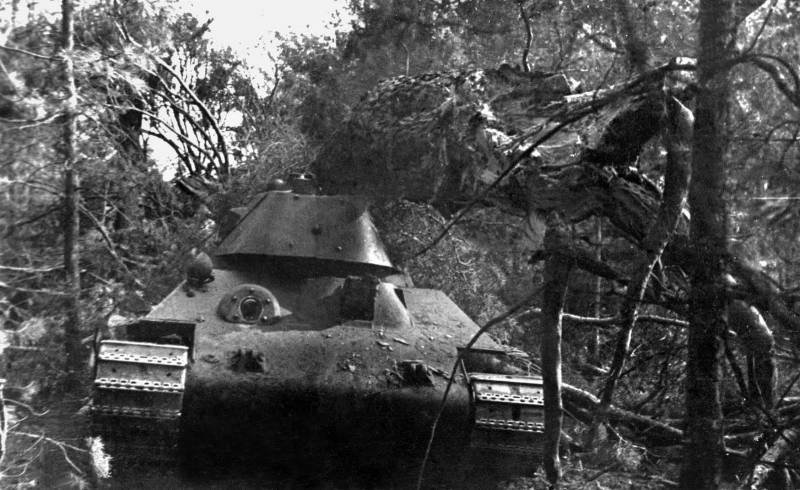
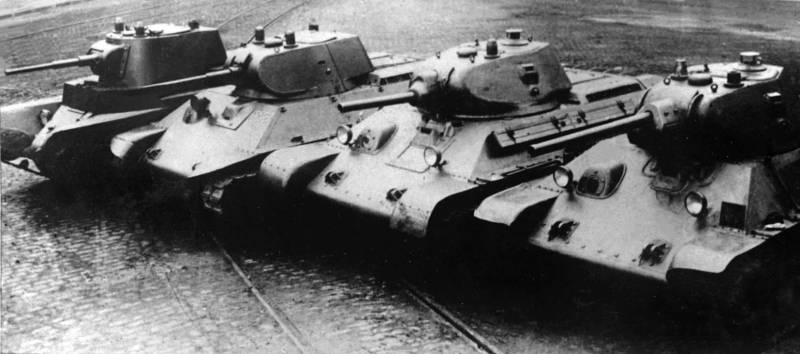
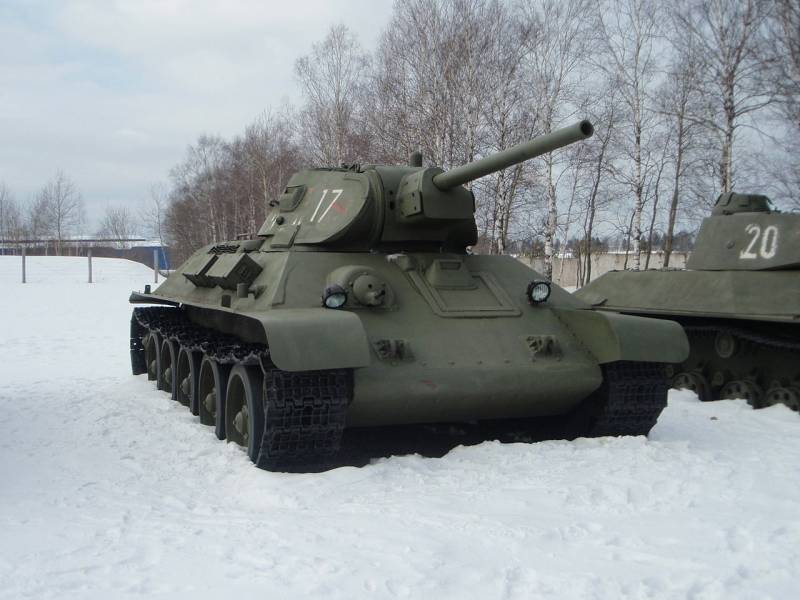
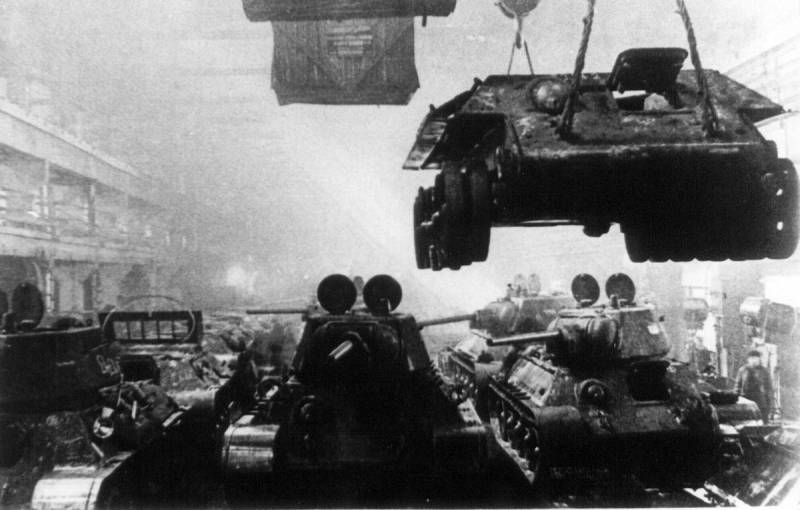
Information